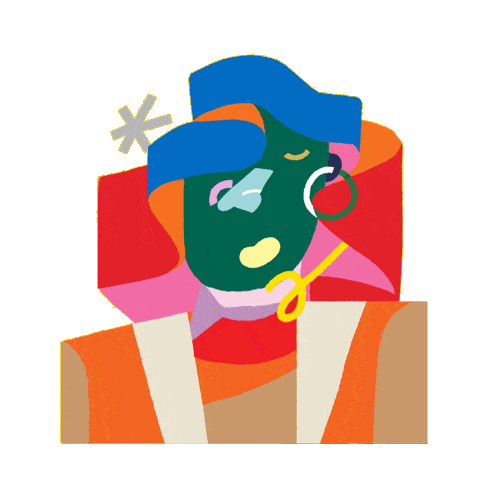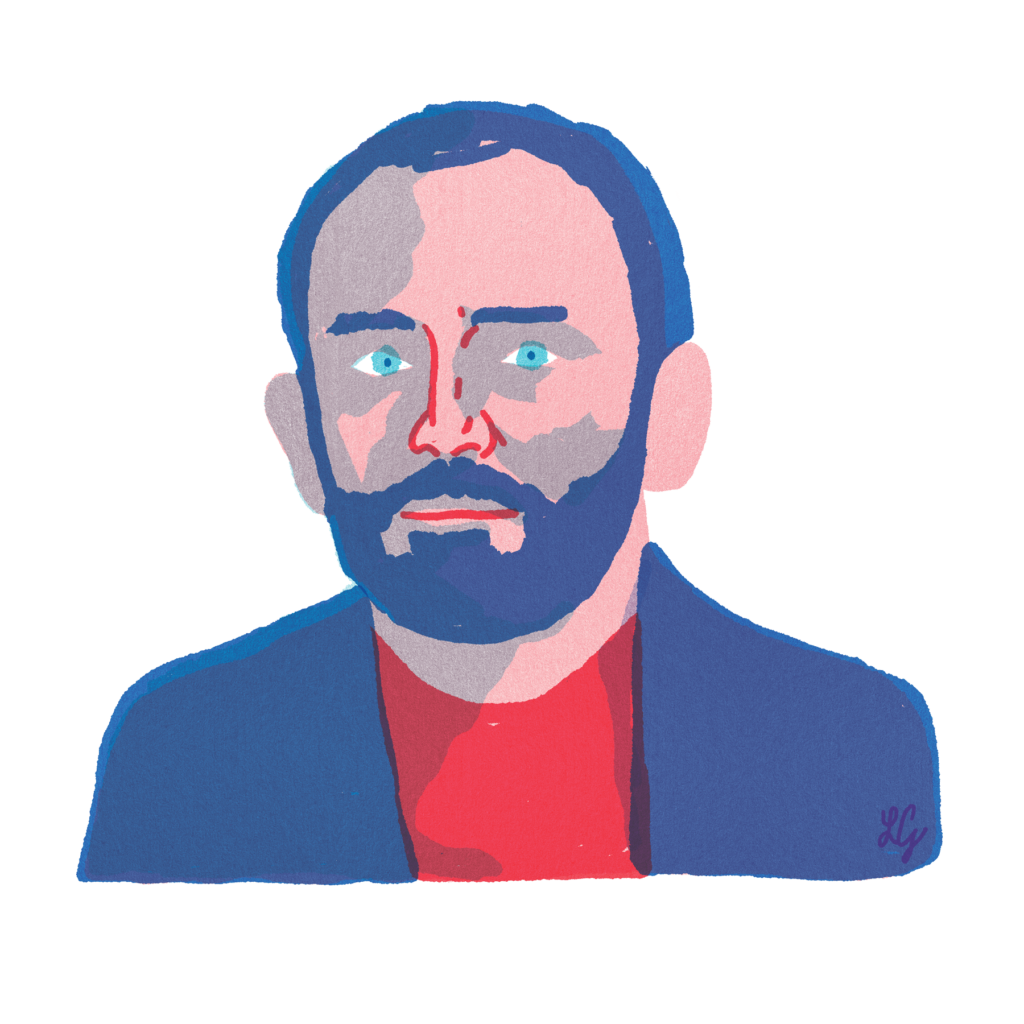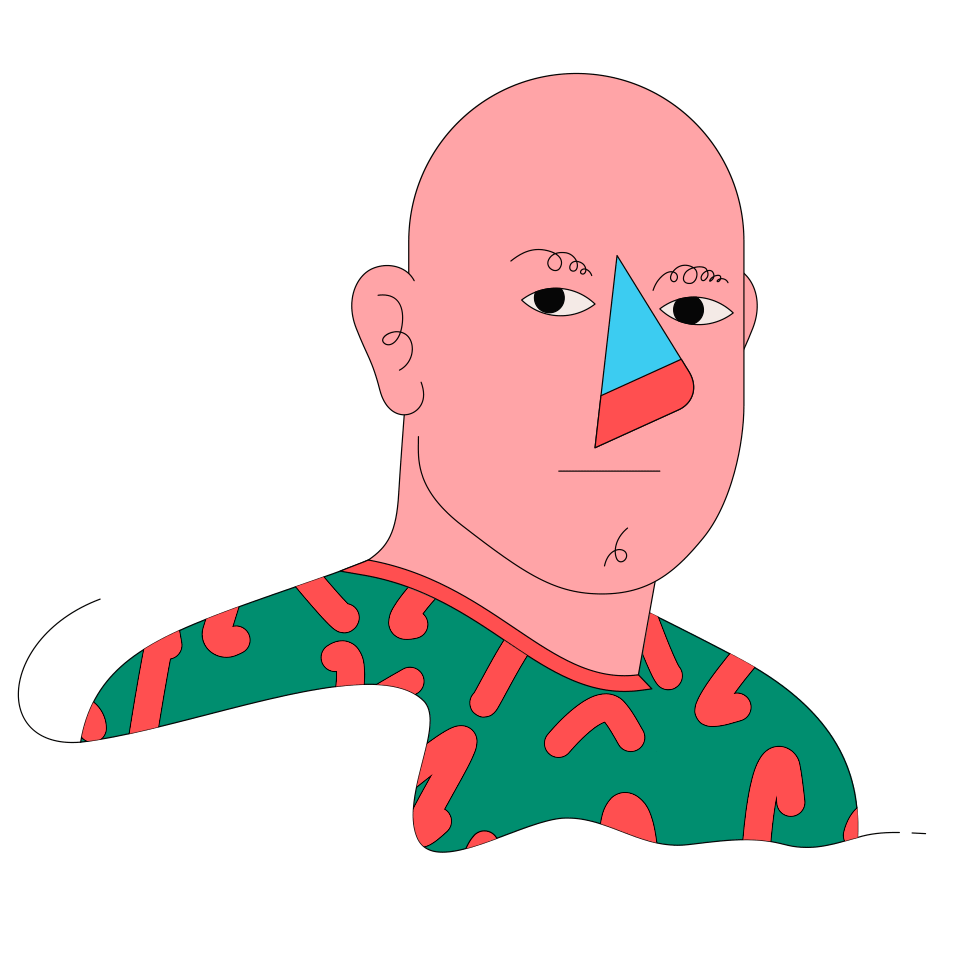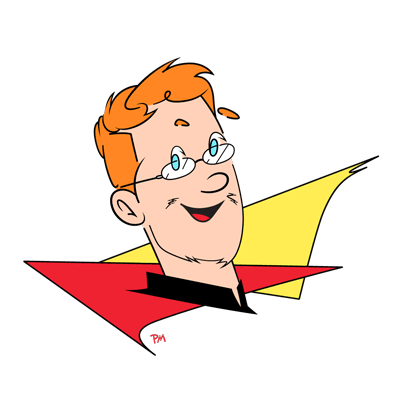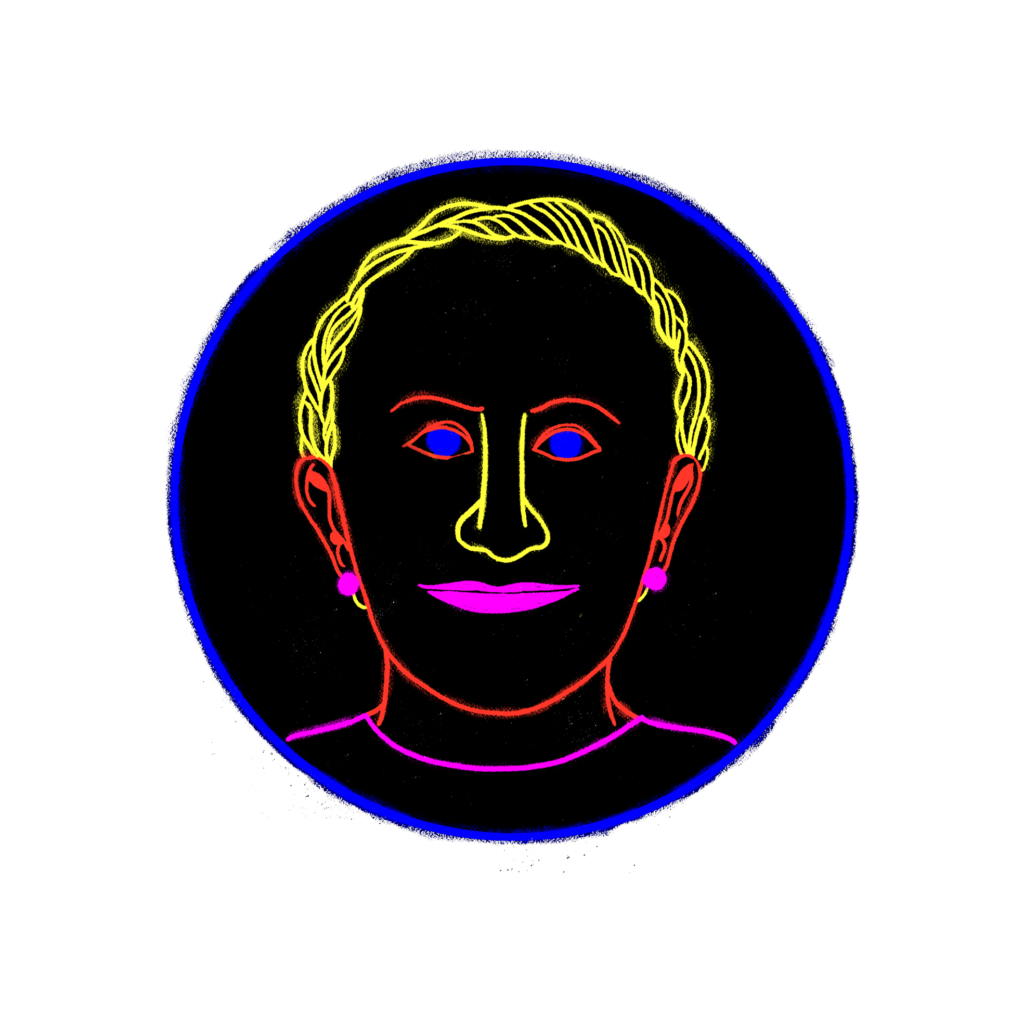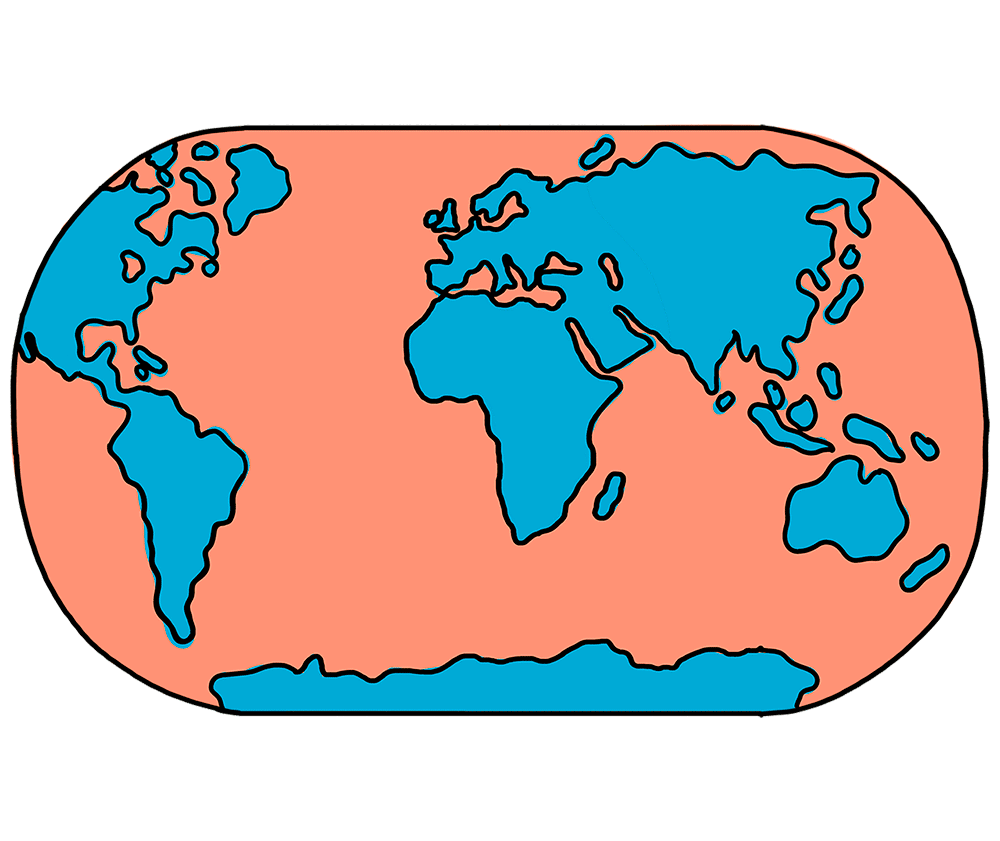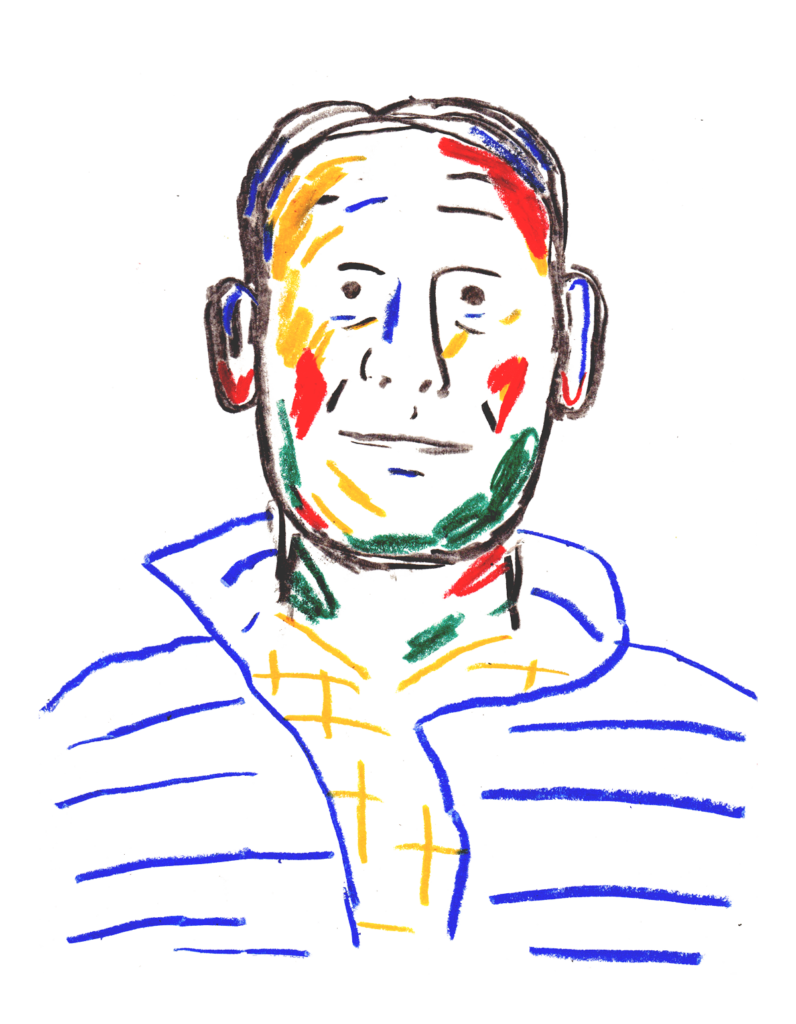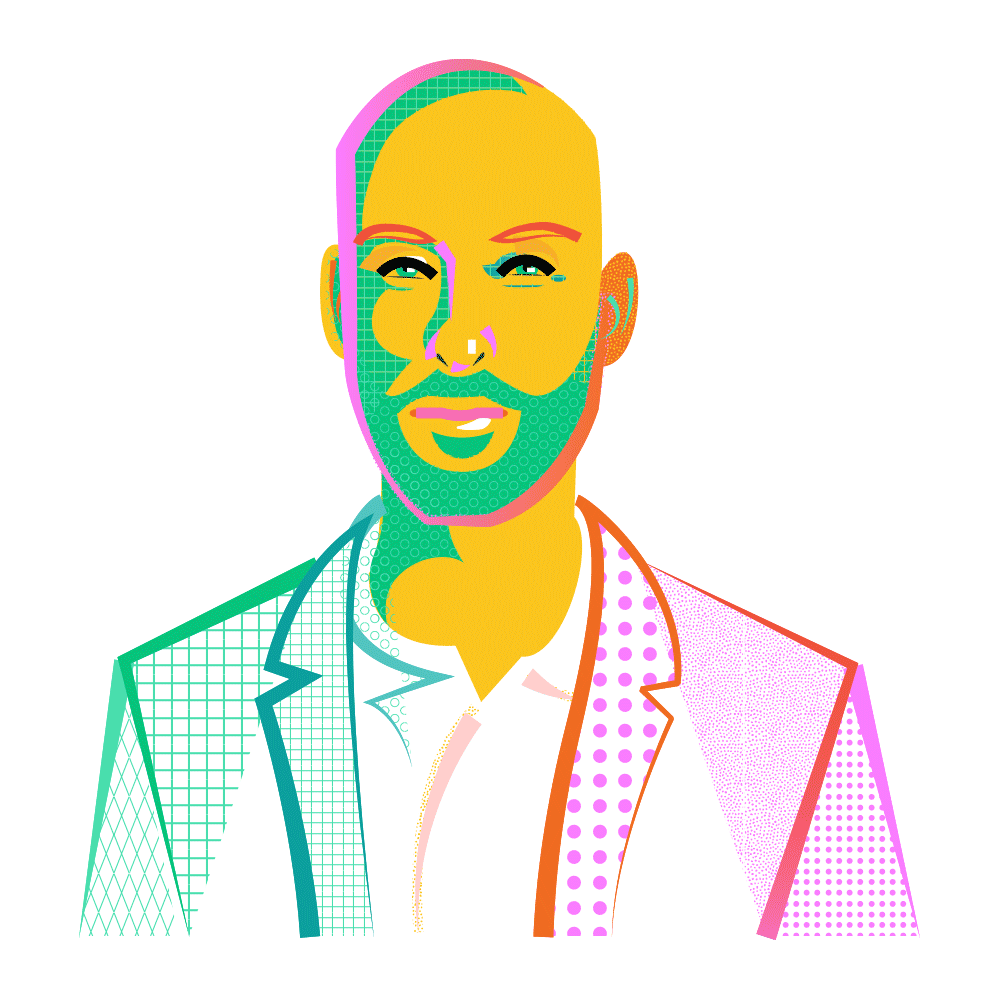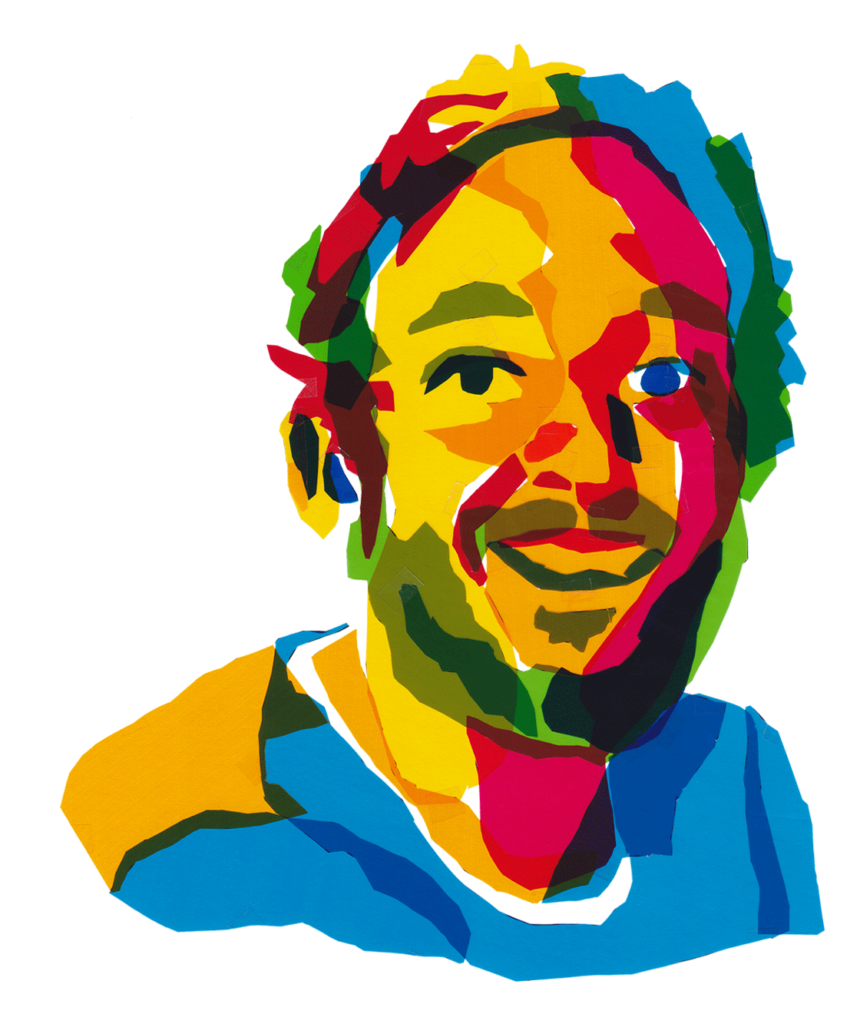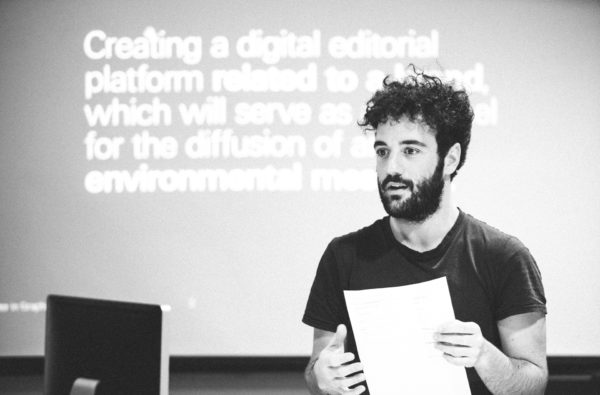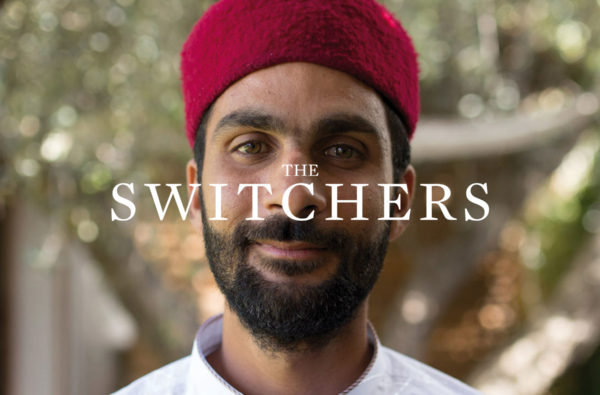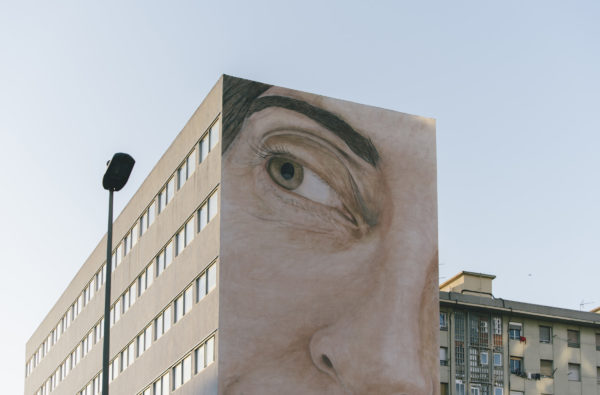Base Design is an international network of studios led by creatives in New York, Brussels, Melbourne and Geneva. Min spans the spectrum between design, brand strategy, and management. Born in Frankfurt, raised in Seoul, Min worked with B.I.G. at Ogilvy & Mather, Pentagram, and Simon & Schuster prior to joining Base. Next to passionately building brands and building Base, she served as a board member of the AIGA/NY and teaches at the School of Visual Arts. Min also serves on the steering committee of NYC x DESIGN.
Is the “new normality” just bullshit?
Nothing is permanent. Even the notion of the norm. It changes and shifts constantly. But then, from time to time, an event happens – seemingly out of nowhere – and shocks the incremental evolution of our society. It provokes us to react with a sense of urgency to drastically adapt to the changes the event brought upon us. The new normality is not necessarily bullshit. It’s real. However, even the new normality eventually becomes part of the normal again until the new-new-normality. It’s all normal.
Sometimes, from the outside, social movements (such as #metoo, #BlackLivesMatter etc) could be perceived as insincere, a marketing strategy used by brands. What are your thoughts on this?
Absolutely! Consumers are savvy and intelligent. They can smell cheap corporate pandering and indeed expect better. But not facing timely social issues in fear of appearing opportunistic is not the answer either. Brands need to face the moment in a sincere way and seek answers to some questions like: Where does our brand stand on these issues? What is the brand’s unique point of view? How are we performing as a company relative to these issues, both internally and externally? What are we and what can we do about it? What are meaningful actions that are “on brand”?
We try to help brands become more relevant in order to sell their products and services more effectively. How can a design studio create a balance between doing business and having a commitment (environment, diversity, etc)?
The good news is that it’s not one at the expense of the other! Doing good is good business, as they say. In today’s world, corporate social commitment is increasingly expected by not only the young and the “woke,” but by most consumers. And branding studios are well situated to help brands integrate social consciousness into the foundations of the brand with thoughtful strategy and brand personality development.
What does it mean to think outside of the box? Are designers able to think outside of the box? More than other disciplines?
Is thinking outside the box a thing? I often find that digging deep into the subject matter or the question itself yields better success. If one is too conscious about the box then the focus is not in the right place. The deeper you dig and pay full attention to what is inside of the box, you forget about the box and become free of the box. When you’re free, you might have a fair chance of finding magic.
How has the discipline changed over the last decade? How have the marketing and advertising industries changed over the last few decades and are they still as relevant and effective as they were?
With the seismic evolution and convergence in the media and technology landscapes, our discipline has been drastically impacted. It seems every company in adjacent sectors now does branding. Advertising and digital agencies do branding. Interior designers and architects do branding. PR agencies do branding. This is because branding is more relevant than ever. In increasingly crowded marketplaces, companies need to demonstrate who they are and what they stand for in order to stand out. Done effectively, that is advertising and marketing enough.
What is the role of narrative?
Brands are part of our complex, evolving culture. The role a brand can play depends on one thing: influence. That influence is hard-earned and fought for. That’s why we challenge leaders to crystallise the story they tell the world about who they are, what they do, and why that matters for people. We ask them: who belongs in that story? What helps them find real meaning in it? What makes the story’s experience unforgettable? When you ask these questions, you find your brand’s life force. A realness that earns influence today and relevance that evolves as new waves of people make it their own.
Sometimes companies still think of design as ‘makeup’. But for us, design and creativity means business as well. What message can we use to create a clearer vision and better understanding of design and creativity as a tool for transformation, innovation and business?
It starts with how we present what we do to the world. We often find design companies describing a project by who they worked with, what they created, the sector they have worked in, or what the creative idea behind it was. If we want design to be viewed as a business tool, we should shift the conversation and start presenting the projects through the lens of a business objective.
Marketing agencies talk about numbers and business, but design studios don’t communicate the value of their work in this way, we focus on the creative side. What would be a better way to get people to understand the value of our work?
It’s true. It is quite difficult to discuss the ROI of design because the value that design creates is often hard to quantify and takes time. Having said that, in my experience, there are multitudes of benefits created through a design/branding process.
Momentum begins: Leaders can imagine or reimagine their brand’s place in culture. They’ll spark that transformation when they define their unique identity, vision, and voice – their story.
Teams believe: A newly codified identity can catalyze a new sense of pride and belonging amongst the internal teams.
Perception Shifts: Communicating with a clear, unique identity and message can really change how the world sees a brand – especially those audiences that really matter.
Is the size of a company a key factor for its survival in the current situation?
For us, size is a conscious decision and a representation of our priorities as a company. We choose to stay a certain size (10 to 30) in each of our offices because it allows us to curate a wide range of projects from all sectors and of all sizes. It is a size that gives us the flexibility to take on interesting or fun projects, but also the ability to compile a bigger team with wide ranging skill sets to handle complex projects. Additionally, it allows us to focus on quality, creativity, and bespoke answers rather than relying on templatizing answers or efficient processes.
How do you put a price on your work? Do clients understand it? How do you justify it and prove that it’s necessary?
Pricing is about integrity and trust. We try to present pricing logic that is easy, clear, and sensible. Our pricing is based on day rates, which are derived from our annual studio budget. We estimate which and how many team members, and for how much time each will work on various phases of a given project. We then price each phase of a project individually. If necessary, we can justify the costs by exposing the details of the project timeline, but clients typically only care about the bottom line and are less worried about how we get there.
Having worked with many different clients over the years, we have realised that corporations and companies have to disrupt in order to survive and adapt to the present challenge. We call this Business Disobedience, a concept that connects creativity and business. What’s your approach?
We want all of our clients, over time, to have a cultural impact and be relevant for people that matter to the brands.
Do we need brokers for design? How do you get clients to come to you?
Most of our clients come to us in two ways: they either know our reputation and previous work, or they have worked with us in the past at other companies. From the clients’ perspective, it boils down to a strong desire to impact the growth of their business through creative, thoughtful ideas – and we nurture this by building authentic relationships with the folks we work with.
Do you have any specific terms and conditions or ‘rules’ for your clients? What type of clients do you have? And what type of ‘prescribers’ or people that would recommend your services?
First, we have a no-asshole policy – Life is too short. Then, we ask ourselves four questions. If the potential client checks three boxes out of four, we will pursue the opportunity: Are we working with the decision-maker? Do we share similar values? Is the project going to add value to our portfolio? Will the project be profitable?
What does a brand need to succeed nowadays? And how can a brand stay relevant to its audience? Prescribers? Clients?
To stay relevant, we need to think of a brand as a living, breathing thing we have to continuously care for. All too often, executives consider a brand as static. “We’ve rebranded and now we’re good for three years!” The most successful brands we see today are those that have developed passionate, emotionally engaged communities, and to stay relevant to these core audiences, the brand must continuously evolve in how it speaks and acts.
What helps Base as a brand stay relevant after more than 15 years in the field of creativity?
Base’s approach and beliefs are firm and strong, but how we carry them is out defined by its context. We are allergic to formulas and conformity and we are not particularly precious about ideas. The best idea should win, and there is no one-size-fits-all best idea.
Are clients usually looking for just design? Or are they looking for communication and business, in a more open and understanding way?
Usually, our clients come to us looking for a comprehensive branding exercise that comprises brand strategy, brand identity, activations such as digital experiences, and other ways of engaging with consumers.
How do you keep Base aligned as a brand with four different studios in four different cities?
What aligns us are our values, way of thinking, and creative approach. While each studio is autonomous, we intentionally share a lot as well. For example, we have a unified global design manifesto; we dedicate various global task forces to working on diverse aspects of Base; we have common programming and cultural behaviours like Friday lunches (each week a team member cooks for the entire studio) and Monday challenges (each Monday morning each studio starts off the week in a similar way); various directors or partners in different offices meet on a regular basis, and so on.
Can a good art director, designer or creative be taught or is this something that comes from deep inside? Is it part of who you are?
All of the above. One can definitely be born with raw talent. But I don’t think one can get far on nature’s gifts alone. Passion, curiosity, and dedication are absolutely needed. I like Malcolm Gladwell’s 10,000 hours rule.
Should education, beyond providing the right skills, also teach students to think critically? What will the most important skill be in the near future?
Empathy. Understanding. Critical Thinking. Vision.
Base is well known, not only in terms of design but also in terms of ways of thinking? To what extent is this a key strategic factor for design and business?
100% essential.
Tell me about an occasion where you failed. Why would you consider that a failure?
When I started out I believed I was in the business of ideas. I now say I am in a creative people’s business. It took me a long time to realise and stop thinking of the team members as resources – the focus was always on the final result. There was little room for joy. So I decided to change. Today, I see the team as individuals that I like to work with. I naturally trust that the work will be good because ultimately, great ideas come from greatly talented people.

